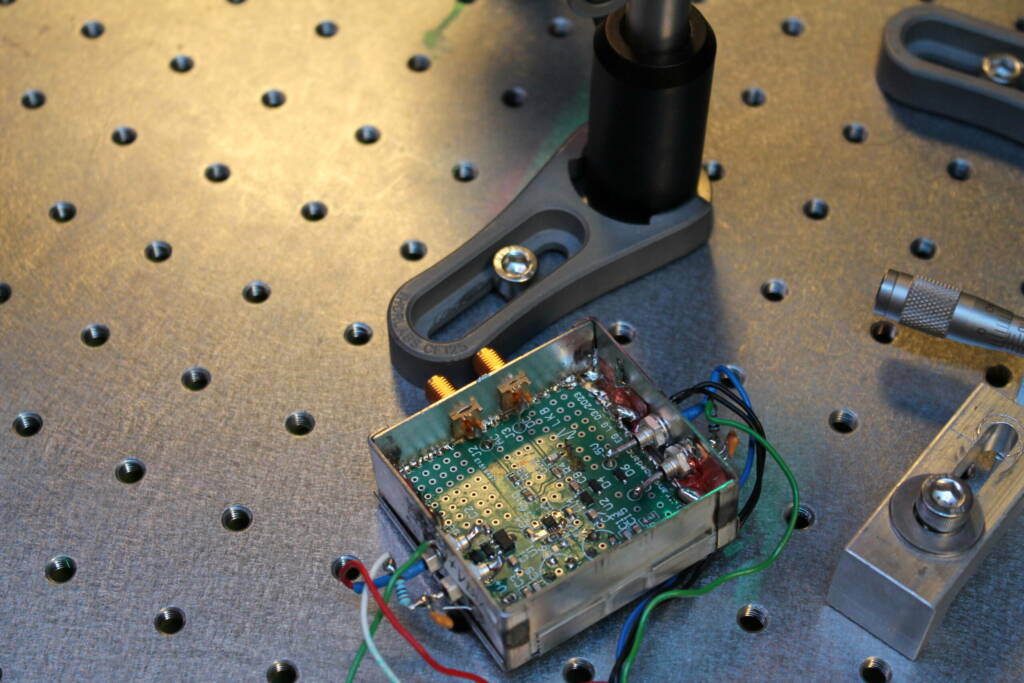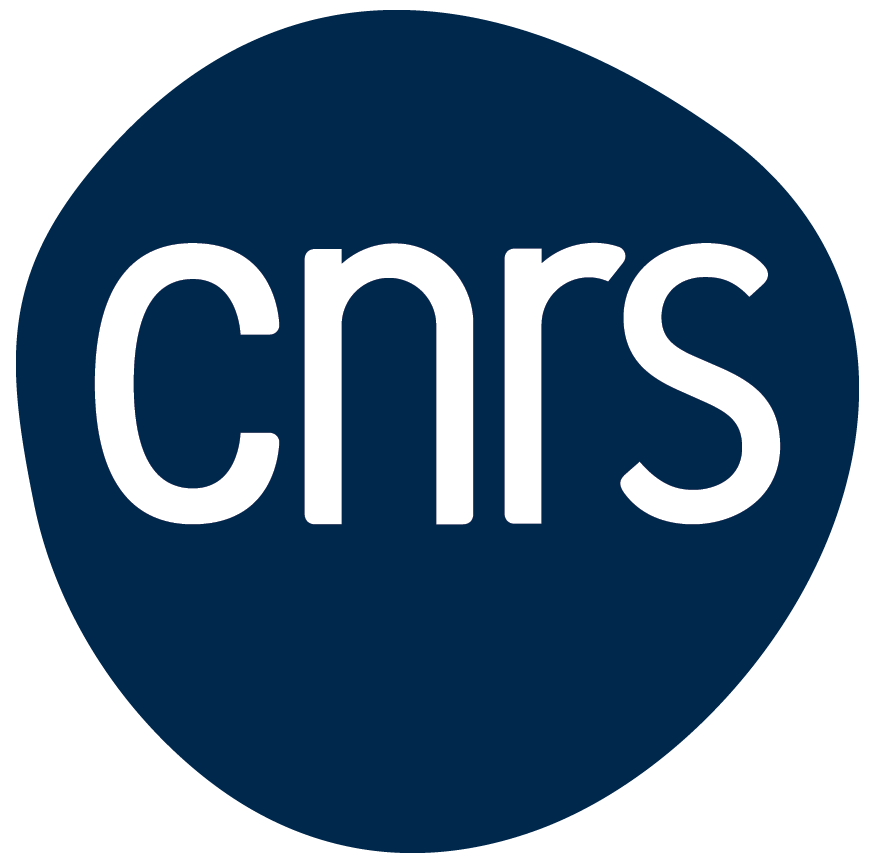Cold-atom elevator
Published in Physical Review Letters, researchers from LKB and their colleagues have developed an ‘elevator’ for atoms, to connect quantum simulators to an atomic reservoir, paving the way for creating exotic quantum states and studying their transport properties.

Quantum simulators, created by manipulating ultra-cold atoms using lasers, are highly controllable and perfectly isolated physical systems. However, these closed quantum systems (the atoms are trapped in a box) could benefit from a more general approach inspired by so-called “open” systems: the atoms would then be injected from a reservoir into the quantum simulator selectively, depending on their energy for example.
In a work recently published in Physical Review Letters, a collaboration involving the Laboratoire Kastler Brossel introduces an experimental method known as the ” cold-atom elevator “: the main idea is to trap atoms in a box (a flat-bottomed containment potential created by a laser), specially designed to connect a quantum simulator to an atomic reservoir. The energy of this reservoir is adjustable and acts as an elevator: by activating the elevator, the atoms leave the reservoir in a controlled and selective manner, thus gradually generating the desired quantum state within the quantum simulator. In addition, this device enables the quantum state obtained to be cooled and purified, by eliminating the ‘hot’ atoms from the system in a repetitive and highly controllable manner.
The universality and simplicity of this approach would enable exotic states of matter to be realised in a wide range of quantum simulators. Ideally suited to ultra-cold atom gases, this method would lead to the experimental realisation of highly correlated quantum liquids with fascinating properties. Beyond the preparation of these exotic quantum states, this method would also make it possible to probe quantum matter, since it gives access to transport properties such as conductivity.
These results are published in Physical Review Letters :
https://journals.aps.org/prl/abstract/10.1103/PhysRevLett.132.163402
Read also
CNRS Recruitment – Join the LKB
External Recruitment for Researchers (M/F)
Nathan Goldman is among the Highly Cited Researchers
Clarivate list



